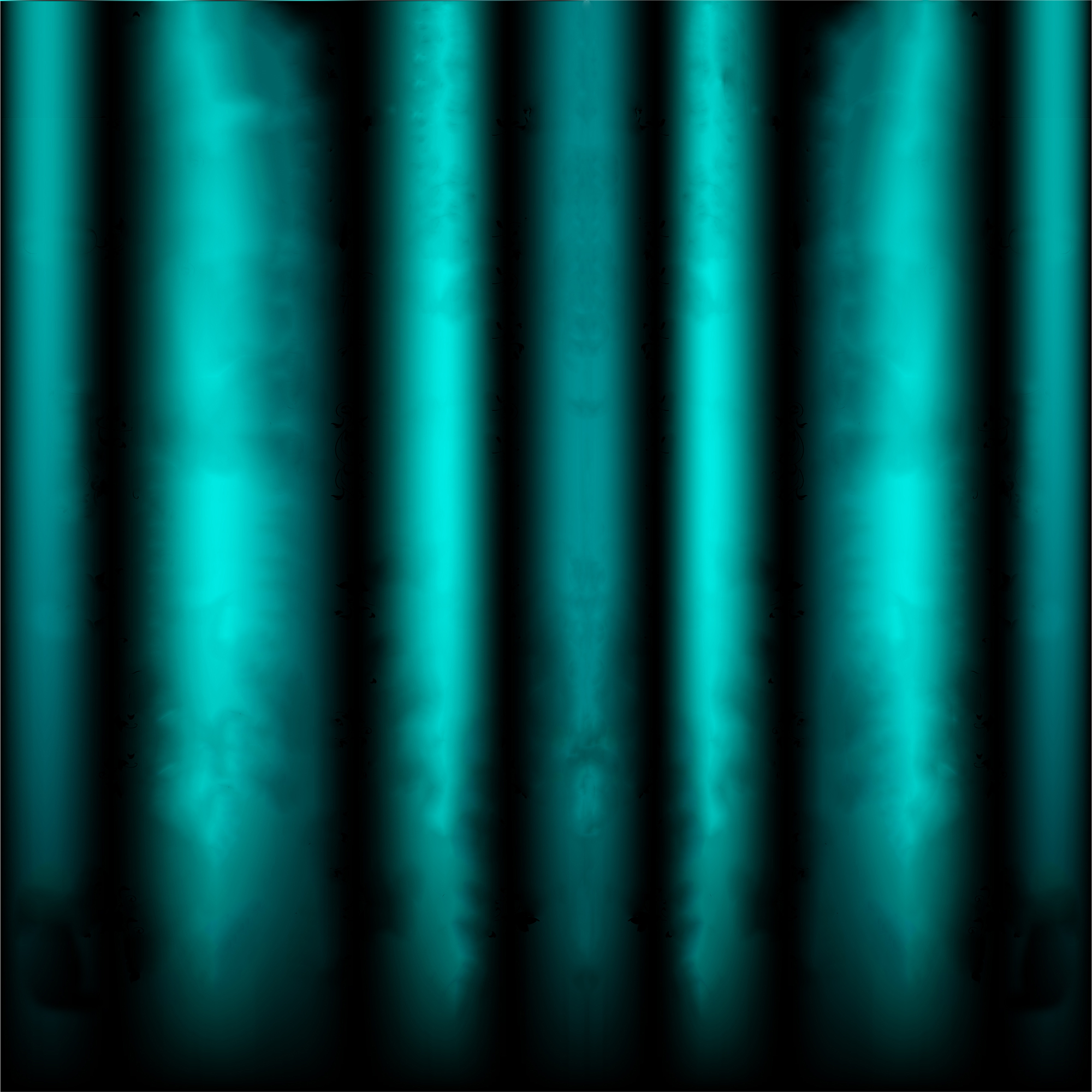1978, Glyndebourne Festival Opera
(Leo Goeke, Felicity Lott, Benjamin Luxon, May Sandoz, Thomas Thomaschke, John Fryatt; Glyndebourne Festival Chorus; London Philharmonic Orchestra, cond. Bernard Haitink)
(dir. John Cox; video dir. Dave Heather)
This 1978 Flute is noteworthy for one chief reason: it served as the debut for the set and costume designs of David Hockney. His enchanting Flute designs have since been seen in various distinguished opera houses, but here, on a small scale in the old Glyndebourne theatre, was where they first appeared. With two-dimensional wing-and-drop scenery in solid, vibrant colors, Hockney presents us with a fantasy vision of ancient Egypt and deftly traces Tamino and Pamina’s journey from chaos to order, contrasting the unruly trees, rocks and stars of the Queen of the Night’s wild realm with the neatly symmetrical gardens, pyramids and obelisks of Sarastro’s civilized domain. The aesthetic is distinctly modern in its geometric stylization, yet the atmosphere is traditional, exotic and deliciously fairy-tale-like. The production has its flaws (the three Boys, for example, are forced to ride on a kitschy-looking cart of clouds), but for the most part, it couldn’t be more charming.
The cast is a solid one, though less distinguished than the visual design. Leo Goeke, despite an unfortunately Beatles-esque wig, is a handsome, charming Tamino with a bright and sweet if brazen-edged lyric tenor. Felicity Lott, fresh-faced and pretty at age 31, is a lush-voiced, vivid and affecting Pamina. Benjamin Luxon, with his robust, handsome baritone, is an endearing, warmly human Papageno, less of a buffoon than others and more inclined toward deft yet subtle touches of humor. May Sandoz is a stately Queen of the Night with fine coloratura, though slightly shrill in the upper register. Thomas Thomaschke, meanwhile, is an adequate Sarastro, with a rich, powerful timbre but a droning quality to his singing and a slightly unassuming, blandly solemn stage presence. A stronger choice for the role might have been Willard White, the production’s sumptuous-voiced, imposing yet gentle Speaker. John Fryatt’s sneering Monostatos and effective trios of both Ladies and Boys (the latter sung by women) complete the ensemble, while Bernard Haitink conducts with a slightly slow yet always-adept hand. Both sound and picture quality are good for their day and Dave Heather’s intimate camerawork is excellent. One oddity, though, is the repeated onscreen appearance of the title, “Mozart’s The Magic Flute,” in between certain scenes: I assume this marks where the commercial breaks took place during the performance’s original TV broadcast.
This Flute isn’t definitive, but it’s a good, solid performance that would probably make a decent introduction to the work, and as the debut of David Hockney’s unforgettable scenery and costumes, it’s a joyful historical document that I recommend wholeheartedly to Mozart devotees.
(Unfortunately, I haven’t been able to find a Youtube clip from this production. In place of one, here’s a link to David Hockney’s sketches for the sets and costumes: magic_flute.php#)





